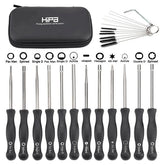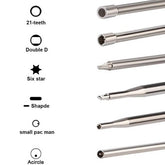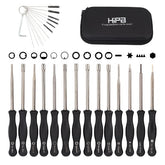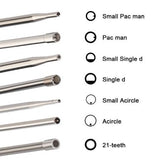Advice to Get Your Generator Ready for Hurricane Season
As hurricane season officially ranges from June 1st to November 30th in 2022, it is extremely important for residents who live on the eastern coast to be prepared for a coming storm. Generators play an indispensable role in the power supply when there is a power outage. Therefore, preparing and testing your portable generator before the storm also matters. There are several pieces of advice that you will need to make your generator ready for hurricane season.
Fuel
1.Make sure you always have enough fuel.
During the hurricane season, you need more than what the generator’s tank can hold. Preparing 12 to 20 gallons per day to keep your generator running from now on to the beginning of December this year.
2.Fuel stabilizer.
In order to keep the fuel fresh, you need to use a fuel stabilizer to maintain the effectiveness of your fuel. If your gas is old, you can have trouble starting your generator, it might not run properly, or it just might not run at all.
Oil
You need to pay more attention to the oil. Many portable generators shut off automatically if the engine oil level gets too low. So it is important, before you start your generator, to check the oil to avoid disruption of your power which can not only damage your generator but also affect your daily life during the hurricane season. If the oil is low, you need to add only enough to bring the level to the “full” mark.
Air filter
A small tip to make your generator go to the extra mile--keep the air filter clean. Replace the old air filter with a new one if visibly dirty. As to the foam filter, clean in soap water, dry it, and re-oil according to the manufacturer’s instructions.
Exercise
Generators also need exercise. Start it up once a month and let it run for 20 minutes before there is a hurricane on the way.
Tips for safety
1.In order to avoid carbon monoxide exposure, never run your generator indoors, not even in your garage or a doorway.
2.Always place your generator more than 20 feet from your house.
3.Make sure you have a generator power cord that is long enough to reach.
4.Direct the exhaust away from any occupied space to ensure the carbon monoxide will not be blown into the living space.
Please let us know if this works and if you have any suggestions or comments. Or you can join us to feature your passion for repair projects, share your stories with the Hipa family, and get help from Hipa.






















